Brazil presents options to protect against price volatility at ICAC event in India
Calendar and Events |
How have farmers around the world protected themselves against the volatility of cotton prices? This question was the main topic of a panel discussion that took place this Sunday (3rd) during the 81st edition of the International Cotton Advisory Committee (ICAC) Plenary Meeting held in Mumbai (India) this week.
This topic has become more important recently, especially after the Covid-19 pandemic, because price fluctuations have been occurring more frequently, and have a number of different causes.
“Prices are no longer defined solely by the fundaments of ‘supply’ and ‘demand’. We now have climate change, global geopolitics and the economic situation of the main global players”, explained Haroldo Rodrigues da Cunha, former president of the Brazilian Cotton Growers Association (Abrapa) and the Brazilian representative on the ICAC panel discussion.
The dynamics of export and import policies also influence the market. “Many countries have protectionist policies, quotas or product taxation. Farmers who export their products need to keep up with these developments too”, he added.
Brazilian exports
In Brazil, around 70% of cotton production goes for export. Estimates from the Brazilian National Cotton Shippers Association (Anea) indicate that between July 2023 and June 2024, exports will reach a total of 2.4 million tonnes – 60% more than in the previous season. Currently, Brazil is the second largest exporter of cotton in the world, behind the United States.
Unlike countries that have more protectionist price policies and in which almost 100% is consumed by the domestic market, as is the case in China and India, in Brazil farmers need to take a more “corporate” approach. “The starting point is knowing your production costs and then ‘locking in’ at least part of the harvest so as to be able to cover the direct costs”, explained Haroldo Cunha.
One of the most common operations used by Brazilian farmers is bartering, cotton is ‘exchanged’ for inputs for the following season. Another common option is hedging, where the price is fixed at the time of sale. Options contracts and cotton-on-call selling are also common (these are where the farmer establishes the ‘Basis’ value and locks in the price during the growing season.
All these alternatives are available to farmers through banks, brokers and trading companies. The fact is that by November, 80% of the 2022/23 Brazilian cotton harvest and 46% of the 2023/24 harvest had already been sold in advance.
The panel discussion also presented the diverse realities that exist in global cotton farming. On the African continent, for example, it’s not common to have a price guarantee as in India and China. “Exchanging experiences among farmers is one of the highlights of panels like this one at ICAC”, the Brazilian representative pointed out.
The ICAC plenary meeting continues this week with the central topic of “Cotton Value Chain: Local innovations for Global Prosperity”. The event is eagerly awaited by the global textile industry, and it brings together farmers, business executives, technicians and professionals from the sector.
From December 6th to 8th, there will be a technical tour to the Ahmedabad (Gujarat) region. The event program includes technical meetings with farmers, visits to ginning units and factories. This part of the meeting will be accompanied by Marcelo Duarte Monteiro, director of International Relations at Abrapa and responsible for the Cotton Brazil program – a brand that promotes the Brazilian cotton production chain internationally.






